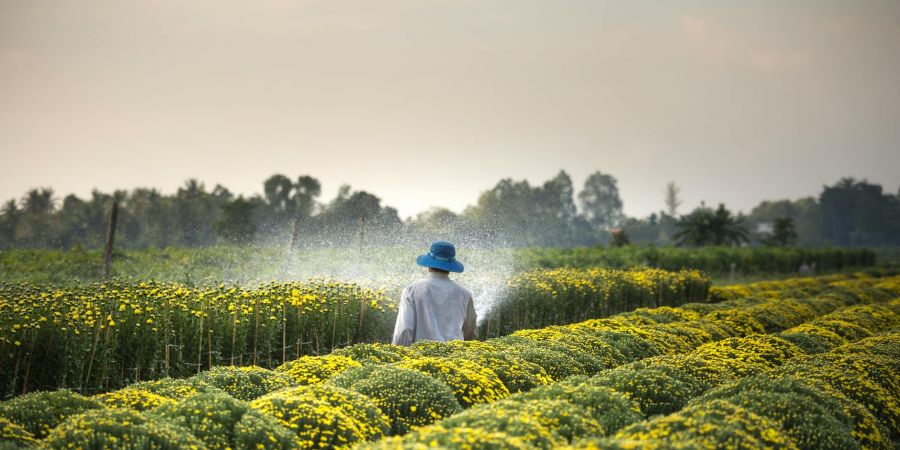

As the backbone of our food supply and a vital sector of the economy, agriculture plays a crucial role in sustaining our world. Protecting agriculture involves safeguarding crops, livestock, and natural resources from threats such as climate change, pests, and economic challenges. Here are ten effective ways to ensure the resilience and sustainability of agriculture:
1. Crop Rotation and Diversification: Rotate crops to maintain soil health and prevent the buildup of pests and diseases. Diversifying crops also reduces the risk of crop failures due to environmental factors.
2. Sustainable Water Management: Implement efficient irrigation systems and water conservation practices to ensure optimal water use. This includes capturing rainwater, using drip irrigation, and employing water-saving technologies.
3. Soil Conservation Practices: Adopt practices like no-till farming, cover cropping, and terracing to prevent soil erosion, improve soil structure, and enhance nutrient retention. Healthy soils are essential for productive agriculture.
4. Integrated Pest Management (IPM): Use IPM strategies to manage pests, diseases, and weeds in an environmentally responsible manner. This approach minimizes reliance on synthetic pesticides and promotes natural pest control methods.
5. Conservation of Biodiversity: Protect and enhance natural habitats on farms to support pollinators, beneficial insects, and wildlife. Biodiversity contributes to ecosystem resilience and sustainable agricultural practices.
6. Adoption of Agroforestry: Integrate trees and shrubs into agricultural landscapes to provide shade, windbreaks, and additional income through timber and fruit production. Agroforestry systems enhance biodiversity and soil health.
7. Investment in Research and Technology: Support agricultural research and innovation to develop resilient crop varieties, sustainable farming practices, and advanced technologies such as precision agriculture and biotechnology.
8. Education and Training: Educate farmers about sustainable agricultural practices, climate-smart farming techniques, and efficient resource management. Training programmes empower farmers to make informed decisions and adapt to changing conditions.
9. Strengthening Resilience to Climate Change: Implement climate-smart agricultural practices that improve resilience to extreme weather events, such as droughts and floods. This includes promoting drought-resistant crops and soil moisture conservation.
10. Policy Support and Market Access: Advocate for policies that support sustainable agriculture, provide incentives for conservation practices, and ensure fair market access for farmers. Policy frameworks play a crucial role in fostering a sustainable agricultural sector.
By implementing these ten strategies, stakeholders can contribute to protecting agriculture, ensuring food security, and promoting economic stability for farming communities worldwide. Sustainable agriculture is not only essential for current generations but also for future generations who depend on resilient food systems and healthy ecosystems
